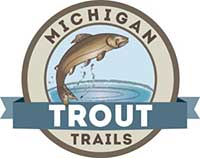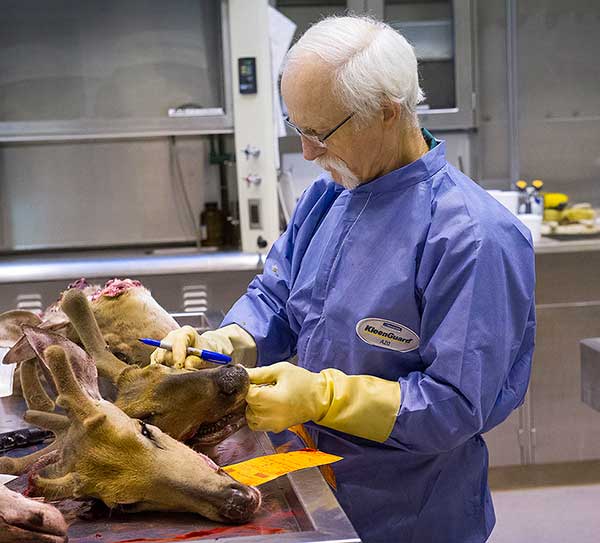- Details
>(Provided by Michigan DNR)
The Michigan DNR has announced a schedule of public meetings in July to discuss several fishing regulation changes proposed for 2016.
These meetings will take place in each of the eight management units that oversee Michigan's fisheries. The public is invited to attend to learn about proposed regulations, ask questions and discuss local issues.
The meeting closest to Michiana is Wednesday, July 29, 7 to 8 p.m. (EST) at D&R Sports Center, 8178 W. Main St. in Kalamazoo.
- Details
(Provided by Michigan DNR)
The Michigan DNR reminds hunters that fall turkey hunting applications now are available. Applications went on sale July 1 and will be available through Aug. 1. The application fee is $5. Applications and licenses may be purchased at any authorized license agent or online at www.mdnr-elicense.com.
The 2015 fall turkey season runs Sept. 15 to Nov. 14. A total of 51,850 licenses are available, including 5,150 general licenses and 46,700 private-land licenses.
Information about fall turkey hunting can be found at www.michigan.gov/turkey.
- Details
(Provided by Michigan DNR)
The Michigan DNR recently confirmed another new state-record fish, this time a quillback carpsucker. This marks the fourth state-record fish caught in 2015.
The state record for quillback carpsucker was broken by a fish caught by Garrett Reid of Nashville, Mich. on Hardy Dam Pond in Newaygo County June 20. Reid was bowfishing. The fish weighed 8.52 pounds and measured 24 inches.
The previous state-record quillback carpsucker was caught by Benjamin Frey, also on Hardy Dam Pond in August, 2014. That fish weighed 8.25 pounds and measured 22.62 inches†
State records are recognized by weight only. To qualify for a state record, fish must exceed the current listed state-record weight and identification must be verified by a DNR fisheries biologist.
- Details
(Provided by Michigan DNR)
 Michigan Trout TrailsThe Michigan DNR has launched a new tool on its website that showcases quality trout streams and lakes accessible to anglers. Trout Trails is a comprehensive map featuring fisheries biologist-verified trout waters that often are lesser known, but considered outstanding destination points.
Michigan Trout TrailsThe Michigan DNR has launched a new tool on its website that showcases quality trout streams and lakes accessible to anglers. Trout Trails is a comprehensive map featuring fisheries biologist-verified trout waters that often are lesser known, but considered outstanding destination points.
Interested anglers should visit www.michigan.gov/trouttrails to access the Web-based Trout Trails application. Please note, Trout Trails is not a downloadable app, but it is compatible with all types of electronic devices.
- Details
(Provided by Michigan DNR)
 Wildlife Veterinarian Working with Deer CarcassesSince the discovery in May of a free-ranging deer infected with chronic wasting disease in Ingham County, the Michigan DNR has been hard at work sampling deer from the immediate area for additional signs of the disease and putting into effect emergency precautions to prevent as much as possible spread of the disease.
Wildlife Veterinarian Working with Deer CarcassesSince the discovery in May of a free-ranging deer infected with chronic wasting disease in Ingham County, the Michigan DNR has been hard at work sampling deer from the immediate area for additional signs of the disease and putting into effect emergency precautions to prevent as much as possible spread of the disease.
So far, no additional infected animals have been found.
Chronic wasting disease is an unusual neurological disorder that affects members of the deer family. CWD is caused by prions - mutating proteins in the animal’s nervous system - not a bacteria or virus. A form of transmissible spongiform encephalopathy, similar to mad cow disease, CWD causes lesions in the brain. Infected animals exhibit uncharacteristic behavior - they lose their fear of humans, for instance - and gradually waste away. CWD has never been shown to cause illness in humans.


